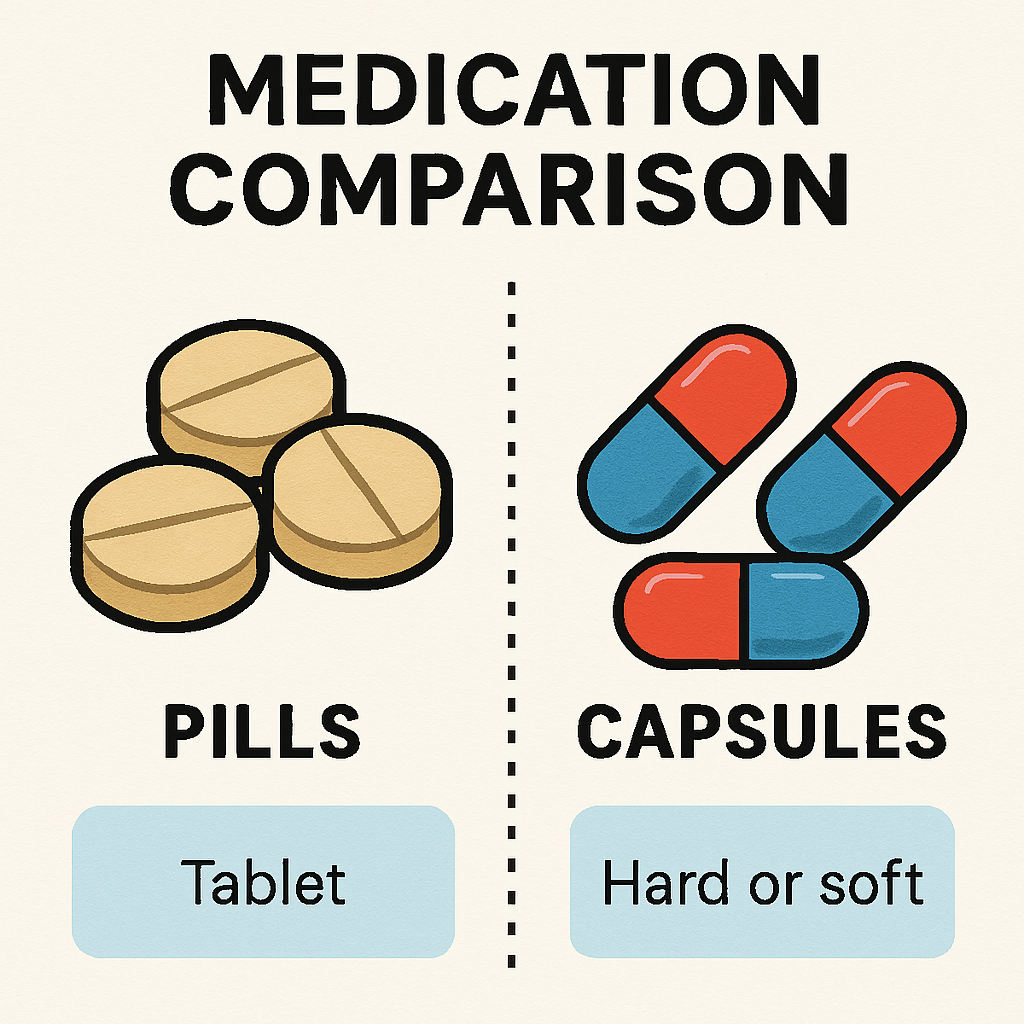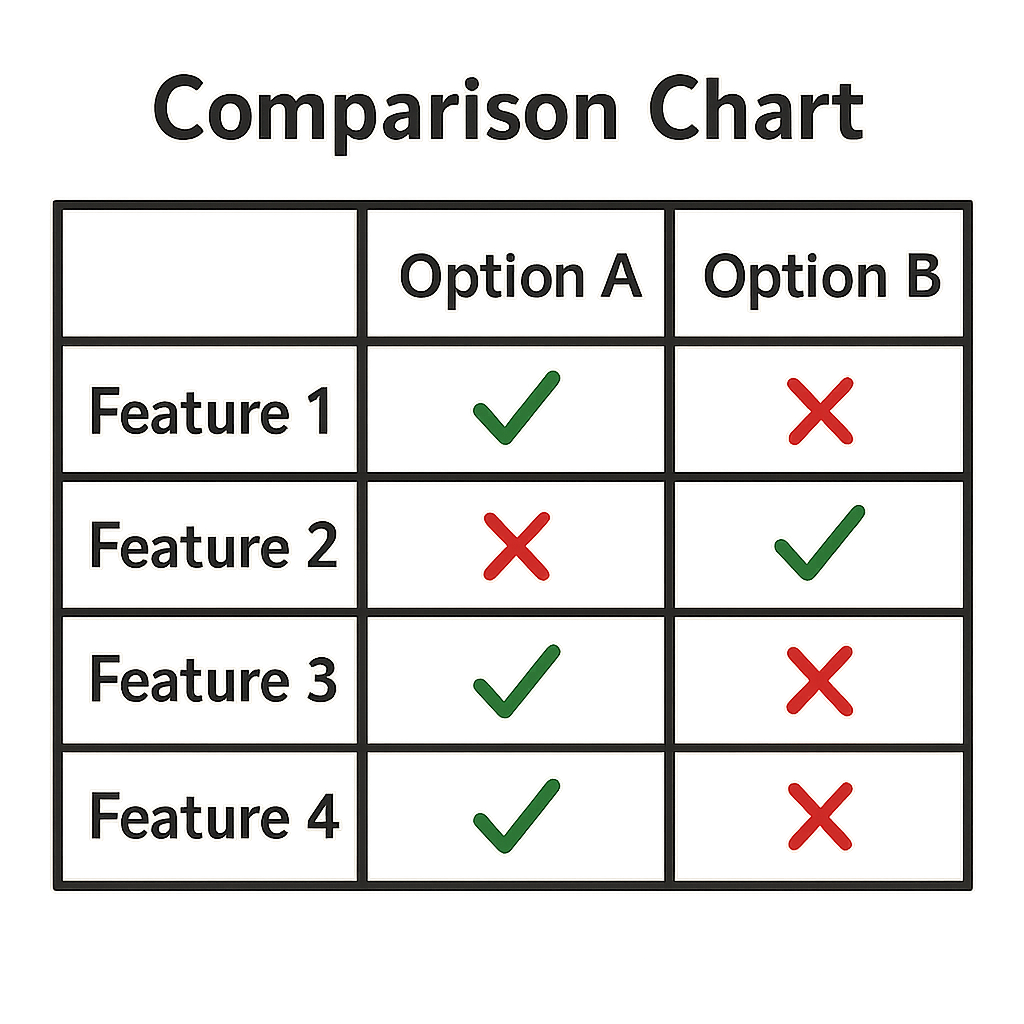When it comes to managing anxiety, allergies, or insomnia, medications like Atarax and Hydroxyzine often come into play. Both medications are essentially different forms of the same drug, with Atarax being a brand name for Hydroxyzine. However, choosing between them can be confusing. This article aims to provide clarity on their uses, dosages, interactions, and side effects to help you make an informed decision.

Atarax and Hydroxyzine belong to a class of medications known as antihistamines. They work by blocking the action of histamine, a substance in the body that causes allergic symptoms. Additionally, they have sedative properties that make them useful for treating anxiety and tension.
The Mechanism of Action
Antihistamines like Atarax and Hydroxyzine operate by inhibiting the H1 receptor sites. This action prevents histamine from binding to its receptors, thereby reducing symptoms of allergies such as itching, sneezing, and runny nose. Their sedative effects are due to their ability to cross the blood-brain barrier, where they can affect neurotransmitter activity and promote relaxation.
Historical Background
Hydroxyzine was first synthesized in the 1950s and quickly found its niche as a versatile medication for various conditions. Initially, it was introduced for its antihistamine properties, but soon its anxiolytic and sedative effects gained attention. Atarax, the brand name for Hydroxyzine hydrochloride, became widely used in the medical community.
Variations and Formulations
The two primary forms of Hydroxyzine are hydrochloride (Atarax) and pamoate (Vistaril). These variations differ in their chemical composition, affecting their absorption and distribution in the body. Atarax, being hydroxyzine hydrochloride, is often preferred for acute allergic reactions, while Vistaril, hydroxyzine pamoate, is frequently used for anxiety and tension.
Atarax: What You Need to Know
Atarax, known generically as hydroxyzine hydrochloride, is commonly used to treat anxiety and tension, as well as allergies and skin reactions. It’s also used as a sedative before or after anesthesia.
Common Uses and Applications
Atarax is highly effective in managing anxiety, providing a calming effect without the risk of addiction associated with benzodiazepines. It is also utilized in treating allergies, particularly in cases of chronic urticaria, where it reduces itching and discomfort. Its sedative properties make it a suitable choice for preoperative sedation, ensuring patient relaxation.
Dosage Guidelines
The typical Atarax dosage for adults can vary depending on the condition being treated. For anxiety, a common dose is 50-100 mg four times a day, ensuring steady relief throughout the day. When used for allergy relief, the dosage may be lower, often ranging from 25-50 mg, taken three to four times daily.
Administration and Precautions
Atarax is available in various forms, including tablets, capsules, and syrups, allowing for flexible administration. It’s important to follow prescribed dosages closely and consult a healthcare provider if any adverse reactions occur. Patients should avoid operating heavy machinery or engaging in activities requiring alertness, as Atarax can cause drowsiness.
Hydroxyzine: What You Need to Know
Hydroxyzine, in its other form known as hydroxyzine pamoate (often branded as Vistaril), is also used for anxiety, allergy relief, and as a sedative. Its applications extend to treating nausea and vomiting, as well as being an adjunct in the management of chronic urticaria (hives).
Common Uses and Therapeutic Benefits
Hydroxyzine is effective in alleviating anxiety and tension, offering a non-addictive alternative to other anxiolytics. It’s also beneficial in controlling allergy symptoms, providing relief from itching and hives. Additionally, Hydroxyzine is used to manage nausea and vomiting, especially in pre and postoperative settings.
Dosage Recommendations
The dosage for Hydroxyzine can be similar to Atarax, with a common dose for anxiety being 50-100 mg per day, divided into several smaller doses. For nausea and vomiting, a typical dose might be 25-100 mg, depending on the severity of the symptoms. It’s crucial to tailor the dosage to the individual’s needs and medical history.
Administration and Safety Considerations
Hydroxyzine is available in capsule, tablet, and syrup forms, catering to different patient preferences. When taking Hydroxyzine, patients should be aware of potential drowsiness and avoid alcohol or other CNS depressants. Regular consultation with a healthcare provider is advisable to monitor for any adverse reactions.
Atarax vs Hydroxyzine: Key Differences

While Atarax and Hydroxyzine are essentially the same in terms of their active ingredient, they differ in formulation. Atarax is hydroxyzine hydrochloride, whereas Vistaril (another brand name for Hydroxyzine) is hydroxyzine pamoate. This difference can affect how the drug is absorbed and metabolized in the body.
Absorption and Metabolism
The hydrochloride and pamoate salts can lead to differences in the speed and efficiency of absorption. Hydroxyzine hydrochloride (Atarax) is often absorbed more quickly, providing rapid relief from symptoms. In contrast, hydroxyzine pamoate (Vistaril) may have a slightly delayed absorption but offers prolonged action, making it suitable for sustained symptom management.
Side Effects and Tolerability
Both Atarax and Hydroxyzine share similar side effects due to their antihistamine nature. Common side effects include drowsiness, dizziness, dry mouth, blurred vision, and constipation. However, some patients report differing tolerability levels between the two formulations, which can influence personal preference and treatment adherence.
Individual Response and Preferences
Patient experiences with Atarax and Hydroxyzine can vary significantly. Some individuals may find one formulation more effective or better tolerated than the other. Factors such as metabolism, concurrent medications, and specific health conditions can influence personal response, highlighting the importance of individualized treatment plans.
Hydroxyzine Interactions: What to Watch Out For
When taking Hydroxyzine or Atarax, being aware of potential drug interactions is essential. Both medications can interact with other substances, including alcohol, other sedatives, muscle relaxants, and medications for anxiety or depression.
Alcohol and CNS Depressants
Combining Hydroxyzine with alcohol or other central nervous system (CNS) depressants can enhance sedative effects, leading to increased drowsiness and impaired cognitive function. It is advisable to avoid alcohol consumption while using these medications to prevent potential safety hazards.
Interactions with Other Antihistamines
Using Hydroxyzine alongside other antihistamines can amplify side effects such as dry mouth, dizziness, and sedation. Patients should inform their healthcare provider about all medications they are taking to avoid unwanted interactions and optimize treatment effectiveness.
Interactions with Anxiolytics and Antidepressants
Hydroxyzine can interact with benzodiazepines and monoamine oxidase inhibitors (MAOIs), potentially increasing sedation and side effect risks. It’s crucial to discuss all current medications with a healthcare professional to ensure safe and effective management of anxiety and other conditions.
Hydroxyzine Reviews: What Are Patients Saying?

by Kai Pilger (https://unsplash.com/@kaip)
Patient reviews of Hydroxyzine often highlight its effectiveness in managing anxiety and its sedative effects. Many users appreciate its dual action in treating both anxiety and allergies. However, some reviews mention the sedative effects being too strong, impacting daily activities.
Positive Feedback and Benefits
Many patients commend Hydroxyzine for its ability to provide rapid anxiety relief without the addictive potential of other anxiolytics. Its efficacy in controlling allergy symptoms and providing restful sleep is frequently praised. Users often report a significant improvement in their quality of life with regular use.
Challenges and Drawbacks
Despite its benefits, some patients experience challenges with Hydroxyzine, particularly its strong sedative effects. Drowsiness and impaired daily function can be concerning for individuals needing to maintain alertness throughout the day. Balancing dosage and timing can help mitigate these effects.
Personal Experiences and Variability
Patient experiences with Hydroxyzine can vary widely, with some individuals finding it highly effective and others struggling with side effects. Reviews often emphasize the importance of personalized treatment and open communication with healthcare providers to tailor therapy to individual needs.
Making the Right Choice
Choosing between Atarax and Hydroxyzine often comes down to personal preference and how your body reacts to each formulation. Consulting with a healthcare provider can help determine which option is best for your specific needs.
Considerations for Efficacy
Both Atarax and Hydroxyzine are effective; choice may depend on how quickly you need relief and the duration of action required. Atarax may offer faster symptom control, while Hydroxyzine’s longer action can be advantageous for sustained relief.
Evaluating Side Effects
Consider your tolerance for drowsiness and other side effects when choosing between the two medications. Personal experience and lifestyle factors, such as work and daily activities, can influence decision-making. Discuss any concerns with your healthcare provider to ensure optimal treatment.
Navigating Drug Interactions
Discuss your current medications with your doctor to avoid interactions and ensure safety. Understanding potential interactions with other drugs, including over-the-counter medications and supplements, is crucial in making an informed choice.
Conclusion
Both Atarax and Hydroxyzine are valuable options for managing anxiety, allergies, and other conditions. Understanding their differences, similarities, and potential side effects can guide you in making an informed choice. Always consult with a healthcare provider to ensure that the medication fits your health needs and lifestyle.


